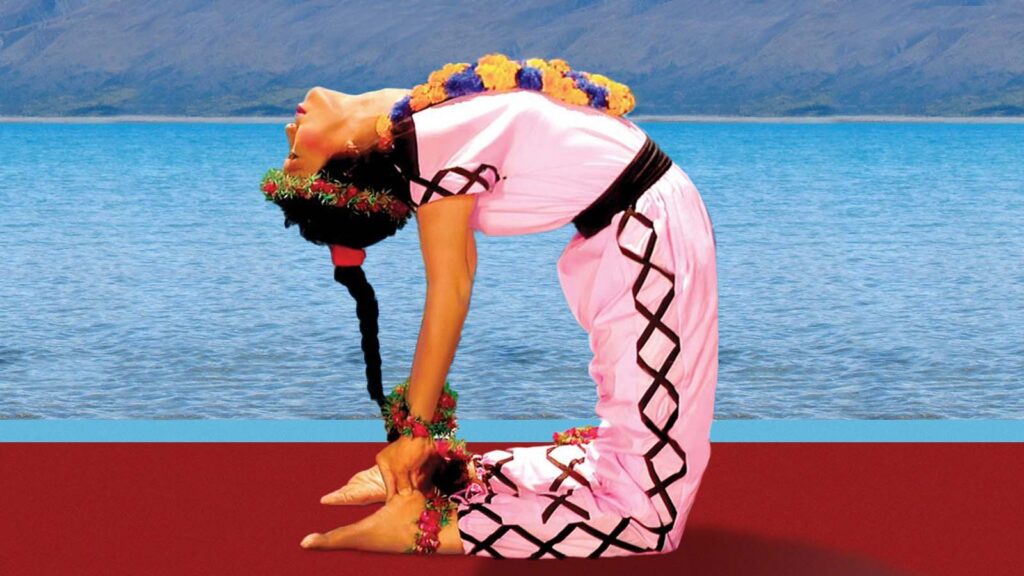In Avocadu’s blog post, “A 20 Minute Beginner Yoga Workout for Flexibility” they’ve included some of my favorite yoga poses. This is a great sequence for energizing and flexibility.
I also loved the YouTube video of “The Health Benefits of Yoga by The Health Nerd: — a very entertaining way to learn about just some of the cool things yoga poses can do for us—based on science.
In the interest of safety, I just wanted to make a few comments about the workout since Alex and Lauren titled it for Beginners. If you’re a fairly flexible, young, and athletic person to begin with, you may not have a problem with any of these poses and the workout may be perfect for you.
On the other hand, if you don’t exercise much or are older, maybe you’ve had a few injuries, sit at a desk all day and have never done any yoga before, I’m not so sure you’d find this an easy sequence. In fact, just starting with Upward Facing Dog could leave you groaning and giving up. So I wanted to take this opportunity to offer some alternative options for people who really are stiff as a board and can barely reach their toes.
First of all, a gentle warm up always makes a good start when you’re stiff—whether you’re naturally still, or when practicing first thing in the morning or when it’s cold out. This is the warm up sequence I like to do before I move on to more challenging poses
In fact, I recommend doing this warm up before practicing with my TV shows on public television. There’s not enough time to include a full warm up in a half-hour show!
Also, sometimes there may be poses that really don’t work for us, for one reason or another. This sequence has a nice variety of poses, but if it’s hard to get your legs off the floor in Upward Facing Dog, try Cobra Stretch instead. It’s a great back strengthener. In Revolved Chair Variation, you could practice with your hands in Namaste. If Camel is too hard for you, either turn your toes under or bend back just a little way with your hands on your hips. If it doesn’t feel safe, leave it out altogether. There are several other backbends that will provide the flexibility you’re looking for. And if there’s absolutely no way you can reach your arms up and back in Pigeon, make it easy on yourself—do it with your hands supporting you on either side of your hips.
While these poses are great for increasing back flexibility and strength, I’d definitely suggest that anyone with back problems check with a doctor, chiro, or physical therapist, just to make sure the poses are suitable—there are all kinds of back issues and not all poses that are “good for the back” are good for all kinds of back problems. You don’t want to make a problem worse. At the very least, listen carefully to your body and don’t do anything that hurts. No pain, no gain is NOT the way to approach your asana practice.
Then (hope you don’t mind my suggestion, Lauren and Alex), I would probably do this practice in a different order to gradually loosen up my spine for Camel, which is a pretty intense backbend for most people.
This is the order that would work better for my body:
1. Standing Back Bend
2. Standing Half Forward Bend
3. Downward Facing Dog
4. Extended Triangle Pose
5. Warrior 1
6. Revolved Chair Variation
7. Pigeon Pose
8. Upward Facing Dog
9. Camel
10. Head to Knee Forward Bend
11. Seated Forward Bend
12. Upward (Reverse) Plank Pose
As for doing all these poses in 20 minutes, let alone doing the sequence 3 times, you’d have to be really fast! I prefer holding poses longer when I practice, so I’d be more likely to just go through once and do the 2-sided poses on both sides. And end with Savasana, of course.
Wishing you well,
Wai Lana



